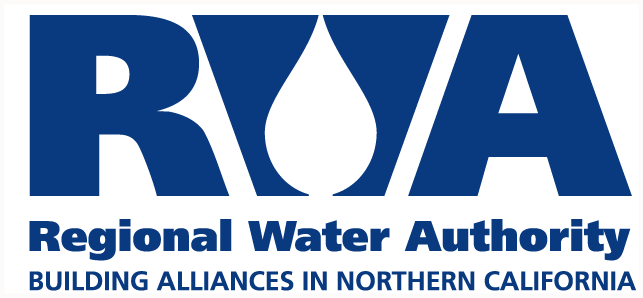Jim Peifer, Executive Director of the Regional Water Authority, which represents 20 water providers serving 2 million people in the Sacramento region, issued the following statement in response to Gov. Gavin Newsom’s Executive Order issued today, which calls on water providers to activate drought contingency plans.
“Water conservation is critical, both as a daily habit of life and as one tool for responding to drought emergencies. Local water providers appreciate that Sacramento-area residents have reduced their water use since July 2021, in response to calls for voluntary conservation.
“Since the historic storms of last October and December, California has experienced the driest January to March period on record. Given the forecast for worsening drought conditions, we appreciate the Governor’s comprehensive approach, which calls for both conservation and water recharge and storage improvements, for navigating these difficult conditions. This is the approach local water providers also plan to take to withstand the drought.
“We are confident our residents will respond as they did during the 2012-16 drought when the Sacramento region achieved some of the highest conservation rates in the state. Since that time, water use in the region remains 13 percent lower than before the drought.
“Although the Sacramento region can meet the near-term water supply needs of local residents and businesses due to decades of drought-resiliency investments, our watershed is part of an integrated, statewide water system that is under stress. The Executive Order will hopefully spur residents and businesses throughout the state to conserve their water use even more. Our state and federal water managers must do their part, too, by preserving water levels in Folsom Reservoir so that supplies are available for residents and the environment of the lower American River.
“As important as conservation is to preserving our precious water supplies, we must emphasize that conservation cannot be our only response to the ‘boom and bust’ water cycles that are intensifying with climate change. Because of climate change, water will arrive at different times and in different ways than it has historically.
“The future of our communities, local economy and the environment depend on building a modern, more adaptable water management system. This means we must increase our ability to store more water in an underground water bank. In 2021, we demonstrated the benefits of groundwater banking, as water providers shifted to using 30 percent more groundwater and left more water in Folsom Reservoir and the lower American River.
“Our growing groundwater banking capacity is the result of $200 million in local investments and $80 million in state investments. Consequently, we have created enough water supply in drought conditions to meet the needs of more than 100,000 households.
“But we must do much more. Local water managers have identified projects that will double the resilient supplies. To secure the funds necessary to invest in these planned projects, we look forward to continuing our work with our state and federal partners to address more extreme climate conditions in the future.”
The Regional Water Authority (RWA) is a joint powers authority representing 20 water providers serving 2 million people in the greater Sacramento region. Formed in 2001, its primary mission is to help its members protect and enhance the reliability, availability, affordability and quality of water resources. Learn more at rwah2o.org.
————————————————————————————————————————–
Water Conservation Resources for Residents
Residents should follow their local water provider’s guidelines.
In the Sacramento region, most daily water use goes on lawns and landscaping, especially as the weather gets warmer. About a third of landscape water is lost due to overwatering and evaporation. Although there are many ways to save water at home, conserving water outdoors can make the biggest difference of all.
Local residents are asked to “Stress Your Lawn and Save Your Trees” by reducing sprinklers by two minutes each cycle while continuing to water your trees. You can find information about efficiently watering trees, conservation tips, details about rebates and a regional map with watering guidelines at BeWaterSmart.info.



